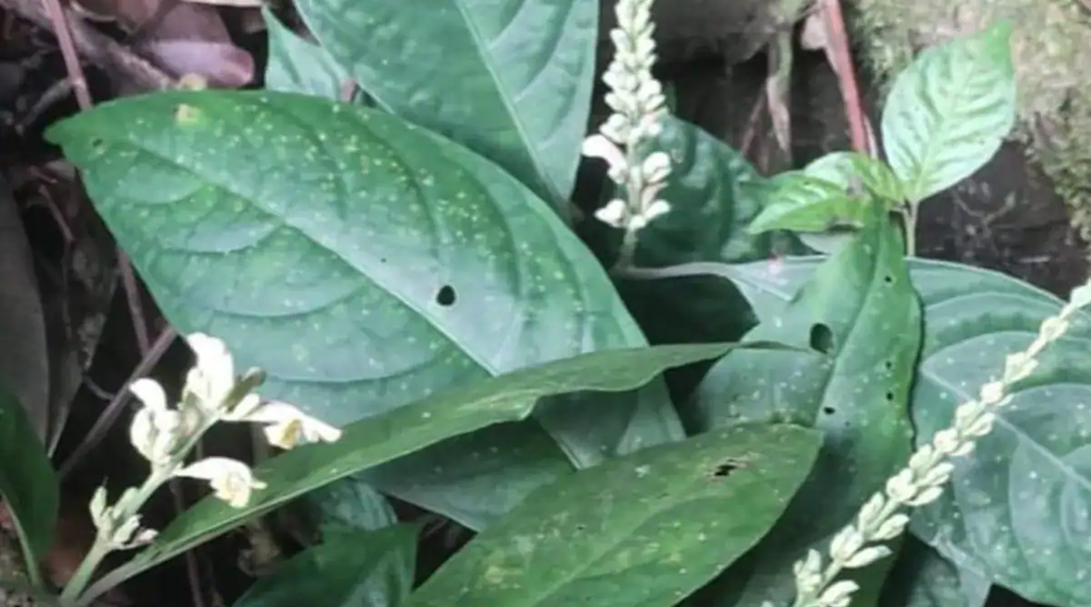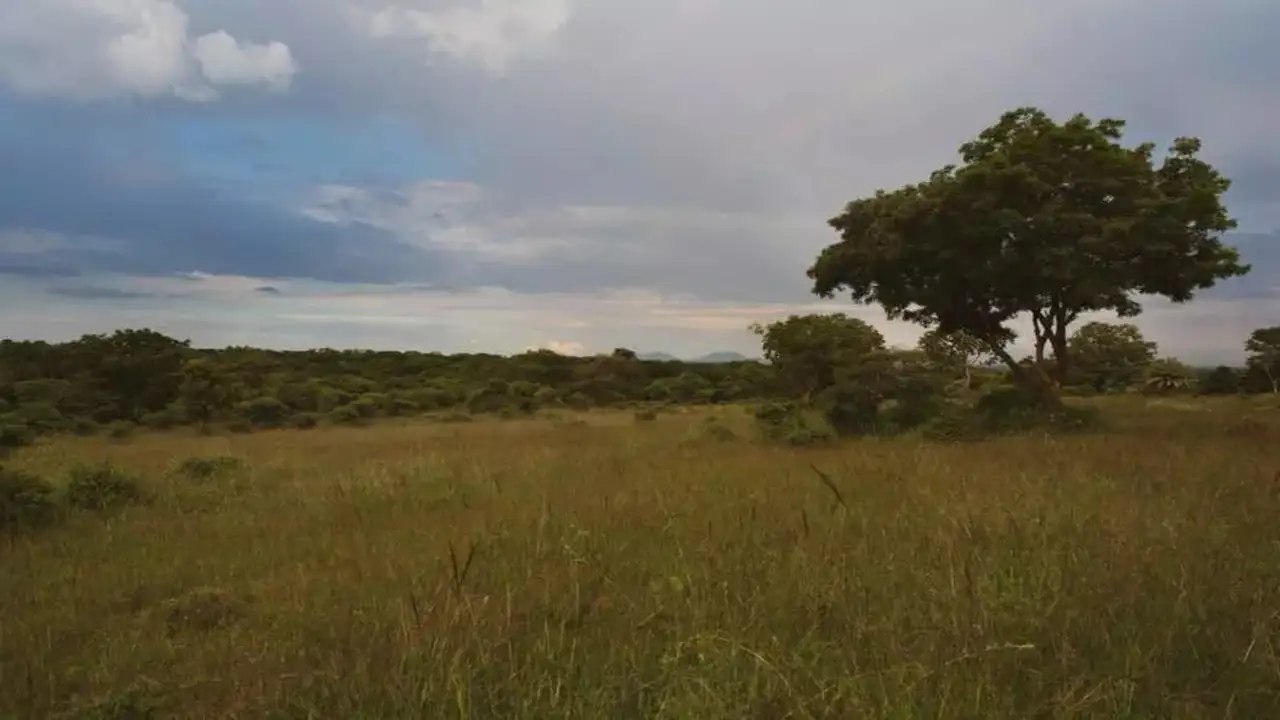- Courses
- GS Full Course 1 Year
- GS Full Course 2 Year
- GS Full Course 3 Year
- GS Full Course Till Selection
- Online Program
- GS Recorded Course
- NCERT (Recorded 500+ Hours)
- Polity Recorded Course
- Geography Recorded Course
- Economy Recorded Course
- AMAC Recorded Course
- Modern India, Post Independence & World History
- Environment Recoded Course
- Governance Recoded Course
- Science & Tech. Recoded Course
- International Relations and Internal Security Recorded Course
- Disaster Management Module Course
- Ethics Recoded Course
- Essay Recoded Course
- Current Affairs Recoded Course
- CSAT
- 5 LAYERED ARJUNA Mentorship
- Public Administration Optional
- ABOUT US
- OUR TOPPERS
- TEST SERIES
- FREE STUDY MATERIAL
- VIDEOS
- CONTACT US
Discovery of a New Plant Species in Arunachal Pradesh: Phlogacanthus Sudhansusekharii
Discovery of a New Plant Species in Arunachal Pradesh: Phlogacanthus Sudhansusekharii
20-07-2024

Researchers from the Botanical Survey of India (BSI) have discovered a new plant species, Phlogacanthus Sudhansusekharii, in the Itanagar Wildlife Sanctuary in Arunachal Pradesh. The species is named after Dr. Sudhansu Sekhar Dash, a scientist at the BSI, for his significant contribution to plant and ecological research in the Indian Himalayan region.
Key Points:
- New Plant Species: Phlogacanthus Sudhansusekharii is a newly discovered plant species that belongs to the family Acanthaceae and the Phlogacanthus genus.
- Location: The species was discovered in the Itanagar Wildlife Sanctuary in Papum Pare district, Arunachal Pradesh.
- Naming: The species is named after Dr. Sudhansu Sekhar Dash, a scientist at the BSI, for his significant contribution to plant and ecological research in the Indian Himalayan region.
- Genus: The Phlogacanthus genus comprises 13 species in India and is spread over mainly the northeastern and eastern Himalayan states.
- Characteristics: The newly described species is closely allied to Phlogacanthus Guttatus (Wall) Nees, but differs in various morphological characters, mainly in its shape and size of calyx, staminodes, and strikingly different corona color.
- Research Paper: The detailed research paper on the new species has been published by the authors Samrat Goswami and Rohan Maity in the Indian Journal of Forestry.
About Itanagar Wildlife Sanctuary:
- Location: Itanagar Wildlife Sanctuary is a protected area located in Naharlagun, near the capital city of Arunachal Pradesh.
- Area: The sanctuary covers an area of 140.30 sq. km.
- Borders: It shares borders with the Pam River in the east, Pachin in the south, Neorochi in the north-east, and Chingke stream in the north.
- Flora: The forest is a heterogeneous mixture of evergreen and semi-evergreen forest types, with pure patches of bamboo and various species of orchids.
- Fauna: The sanctuary is home to a wide variety of wildlife species, including tigers, leopards, clouded leopards, elephants, barking deer, sambar, and various species of primates such as hoolock gibbons and macaques, as well as avian species like hornbills, eagles, and pheasants.
About Botanical Survey of India (BSI):
- Establishment: BSI was established on 13th February 1890 under the direction of Sir George King.
- Mandate: The organization's mandate has been broadened to biosystematics research, floristic studies, documentation, database of National Botanical collection, digitization of herbarium specimens, etc.
- Headquarters: BSI is headquartered in Kolkata.
- Objective: The objective of BSI is to explore, collect, identify, and document the plant diversity of India and to make it available for sustainable use.
Importance:
- Biodiversity: The discovery of a new plant species highlights the rich biodiversity of Arunachal Pradesh and the importance of preserving it for future generations.
- Ecological Research: The research conducted by BSI scientists contributes significantly to our understanding of plant and ecological research in the Indian Himalayan region.
- Conservation: The discovery of new species emphasizes the need for conservation efforts to protect the natural heritage of India.
- Sustainable Development: The discovery of new plant species can lead to the development of new medicines, food sources, and other sustainable resources.
Quotes:
- Pema Khandu, Chief Minister of Arunachal Pradesh: "This discovery reminds us of our rich natural heritage and our responsibility to preserve it for future generations."
Must Check: Best IAS Coaching In Delhi
UPSC Prelims Result 2024 Out: Expected Cut Off & Other Details, UPSC Prelims 2024 Answer with Explanation, Daily Prelims Quiz, Daily Current Affairs, MONTHLY CURRENT AFFAIRS TOTAL (CAT) MAGAZINE, Best IAS Coaching Institute in Karol Bagh, Best IAS Coaching Institute in Delhi, Daily Mains Question Answer Practice, ENSURE IAS UPSC Toppers, UPSC Toppers Marksheet, Previous Year Interview Questions, UPSC Syllabus



